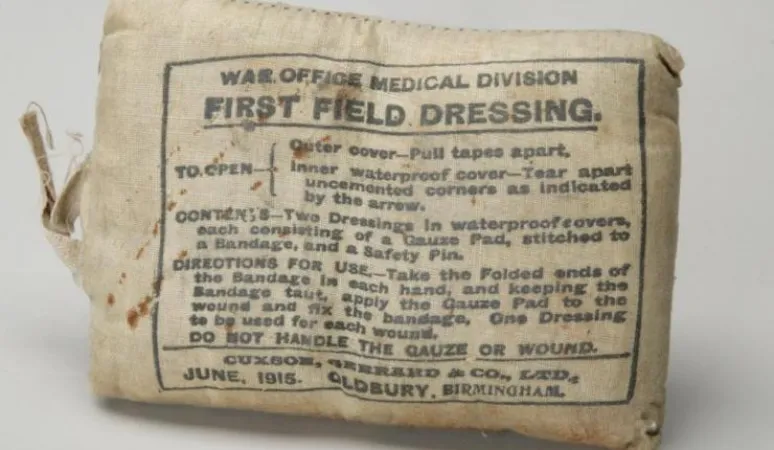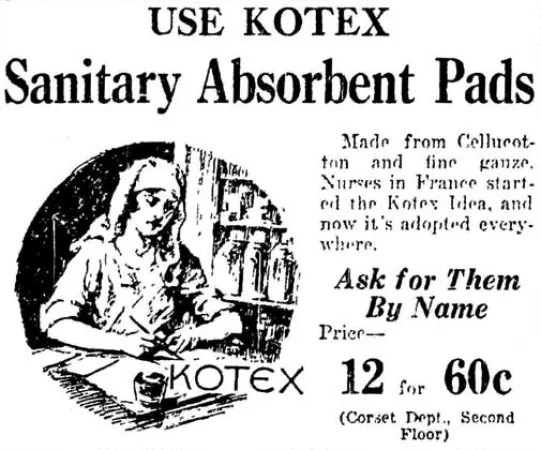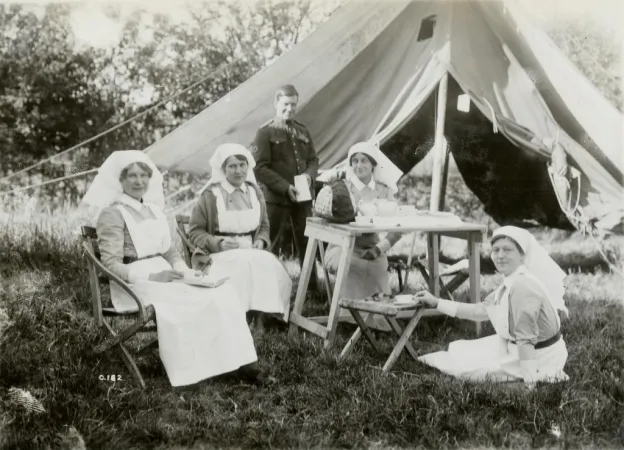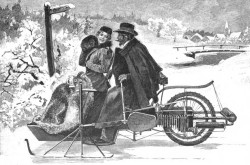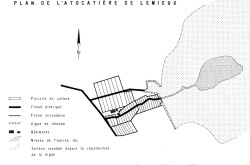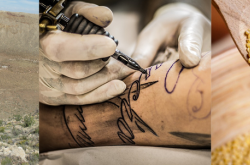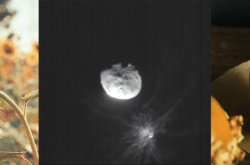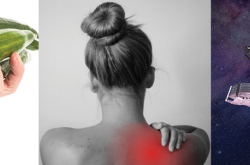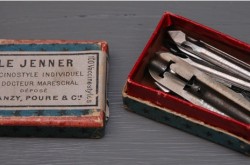Disposable Sanitary Napkins: First World War Nursing Sisters Credited with Inventing the “Unmentionable”
This article was originally written and submitted as part of a Canada 150 Project, the Innovation Storybook, to crowdsource stories of Canadian innovation with partners across Canada. The content has since been migrated to Ingenium’s Channel, a digital hub featuring curated content related to science, technology and innovation.
First World War field nurses, faced with uncertain laundry facilities, frequent travel and an abundance of manufactured surgical dressings, are said to have popularized the use of disposable sanitary napkins.
Kotex, the first company to widely advertise its sanitary products in ladies’ magazines and newspapers, in 1920, credited Nursing Sisters with the idea. Previous attempts to sell disposable pads by other companies had largely failed, probably because they were marketed mainly through discreet, coded one-liners in the sewing notions section of mail order catalogues. While many Nursing Sisters probably did use surgical dressings as sanitary pads, the popularity of the idea certainly had much to do with a postwar abundance of manufactured wood pulp (Cellucotton), developed during the war as a way to deal with cotton shortages.
Using the image of First World War Nursing Sisters — women who were thought to be heroic, pure, conscious of sanitary standards and modern health experts — to sell the previously unmentionable was a stroke of genius. Images of nurses continued to be used in the marketing of feminine hygiene products for decades.
Standard-issue First World War field dressings like the one shown above consisted of a cotton gauze pad, a bandage and a safety pin. They were essential to those providing immediate medical attention to the wounded. Nursing Sisters would have had a steady supply of field dressings for use as sanitary napkins.



